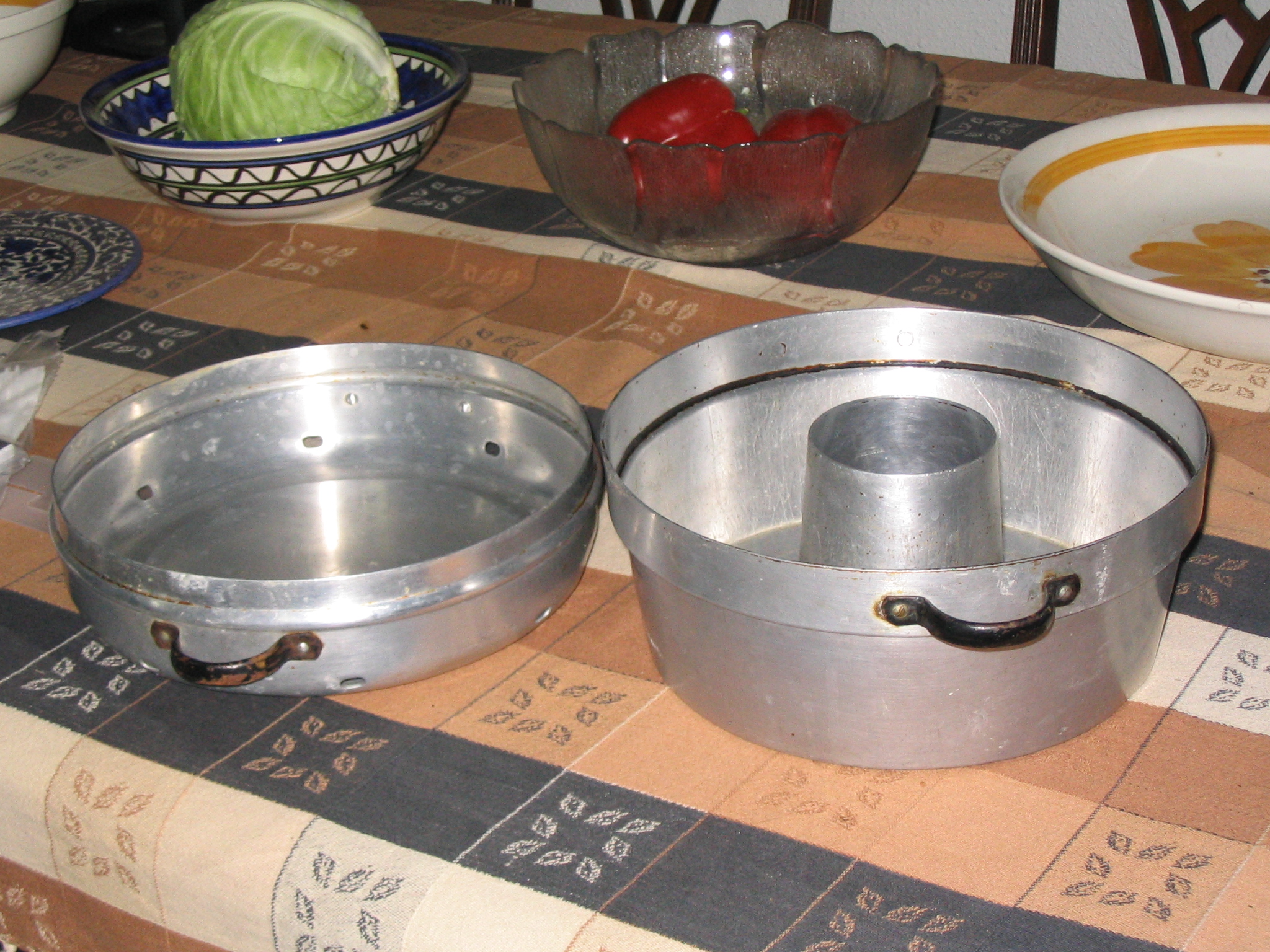1. Aluminum Cookware
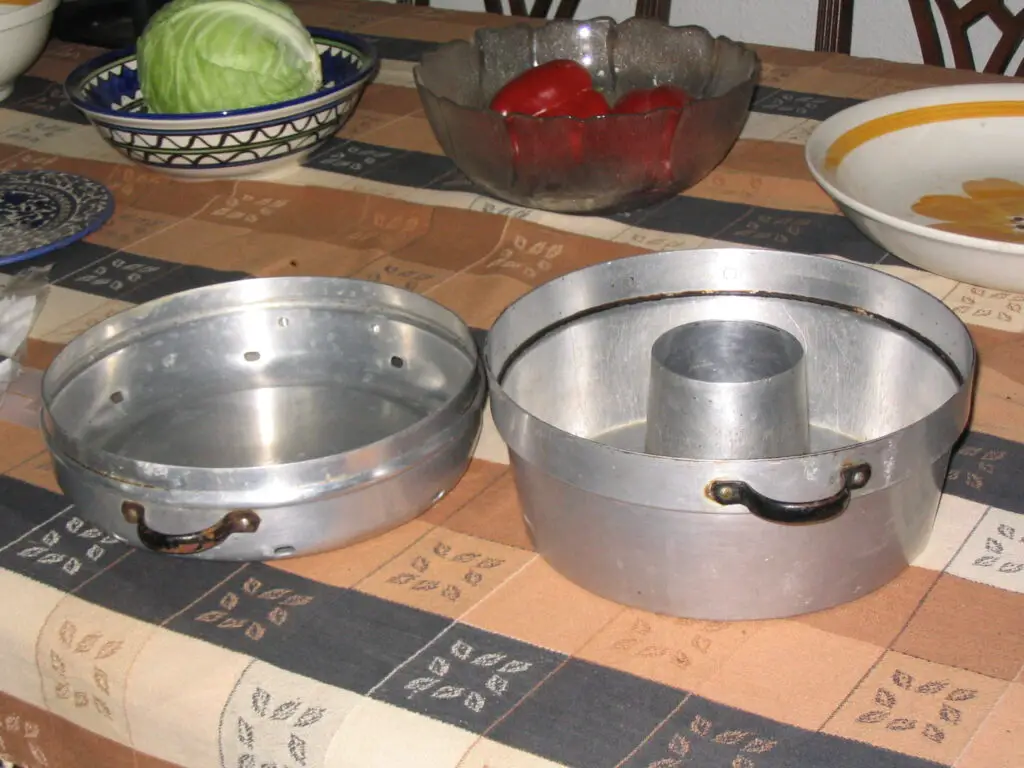
Ah yes, that trusty old pot you’ve had since college—the one that’s seen more spaghetti than a family-run trattoria. While aluminum cookware is lightweight and heats fast, research has long questioned whether it leaches metal into your food. And spoiler: it does. The real issue? According to PubMed Central, excessive aluminum exposure might be linked to cognitive decline, particularly in older adults.
Now, we’re not saying your sauté pan is plotting against you—but if it’s scratched, dented, or missing its nonstick coating, it might be time to retire it. The brain doesn’t handle heavy metals well, and some studies have connected high aluminum levels with neurological issues like Alzheimer’s. While the science isn’t totally settled, do you really want to gamble your memory on a $14 pan? Opt for stainless steel or ceramic if you want peace of mind with your morning eggs. And please—stop using that foil to bake acidic stuff. Your neurons will thank you.
2. Artificial Sweeteners
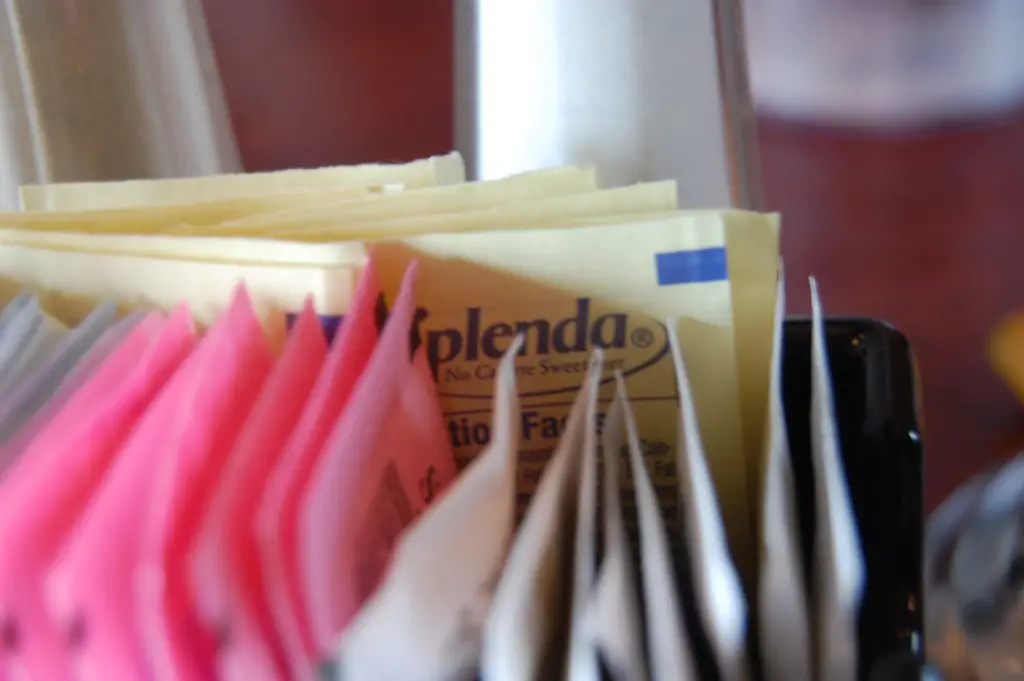
No calories, no guilt… and no memory? That zero-cal sweetener might be costing you more than just taste. A study cited by MDPI found that common sugar substitutes like aspartame and saccharin could mess with your gut microbiome, which plays a major role in brain function. Because of course—your gut is basically your second brain, and it really doesn’t like fake sugar.
Regular use of artificial sweeteners has been linked to metabolic issues, mood swings, and yes, impaired memory. It’s a slippery slope: less sugar sounds good, but fake sugar might scramble your wiring long-term. The worst part? Many “healthy” snacks and even multivitamins sneak them in. So while you thought you were making a smart choice with that diet soda, your hippocampus might be waving a tiny white flag. Better to stick with honey, maple syrup, or just less sugar overall. Fake isn’t always smarter.
3. Scented Candles
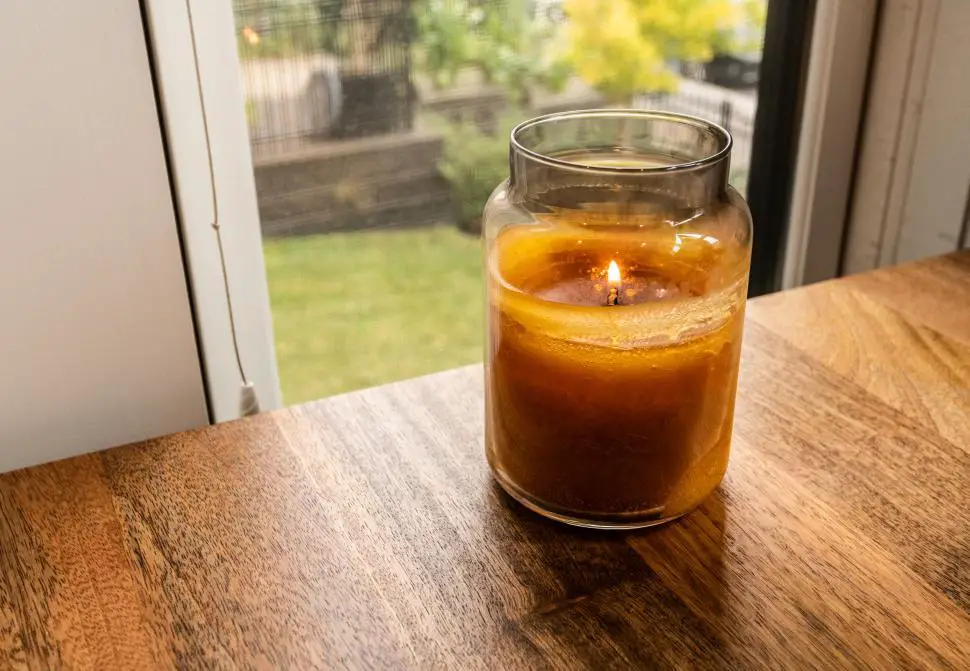
Lighting a candle to “relax” but slowly compromising your cognitive clarity? That’s a plot twist no one asked for. Those dreamy vanilla-lavender scented candles can emit volatile organic compounds (VOCs), which sound like something from a sci-fi movie—but they’re very real and not brain-friendly. A piece from Nature breaks down how burning paraffin wax candles can release toxic chemicals like benzene and toluene.
These compounds can mess with your respiratory system and, yep, have been tied to long-term effects on the brain. If you’re using them regularly in poorly ventilated rooms, that “calming” vibe might be hurting more than helping. Over time, low-level chemical exposure may impact memory, focus, and even mood regulation. And let’s not forget that strong synthetic fragrances are a common migraine trigger, which hardly helps your brain operate at peak power. Swap in beeswax or soy candles scented with essential oils for a cleaner burn. And maybe open a window once in a while—your neurons would appreciate it.
4. Plastic Food Containers

Still nuking leftovers in that stained plastic Tupperware from 2008? It’s probably time to stop. Many plastic containers, especially older ones, contain BPA (bisphenol A), which has been flagged for its hormonal disruption effects. And when plastics get hot—say, in a microwave—they can leach even more chemicals into your food. As Poison Control explains, even some “BPA-free” plastics aren’t off the hook; their substitutes may be just as bad.
So how does this connect to your brain? Endocrine disruptors like BPA can interfere with brain development and memory, particularly as you age. Your hippocampus—aka your memory center—is sensitive to hormonal balance, so flooding it with chemical imitators isn’t ideal. You may not feel the effects immediately, but the long-term risk isn’t worth the convenience. Switch to glass, stainless steel, or silicone containers instead. Bonus: they’re dishwasher-safe and look way more grown-up. Your leftovers—and your mind—deserve better.
5. Fabric Softener Sheets
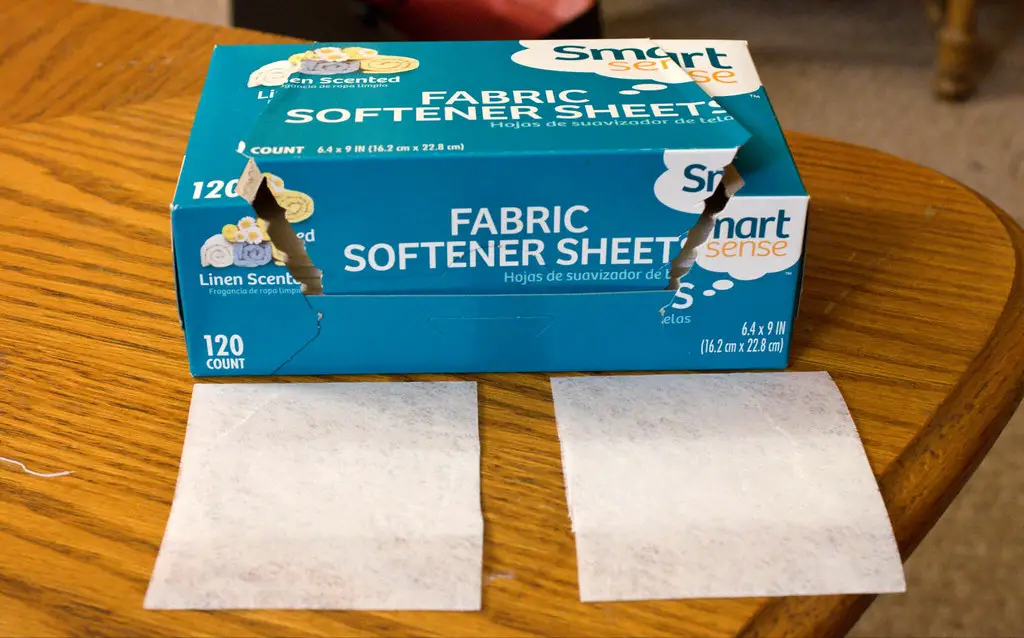
Sure, your laundry smells like a fresh spring meadow, but your brain may be paying the price. Those soft, fragrant dryer sheets are loaded with synthetic chemicals designed to cling to your clothes—and your lungs. Dr. Axe reported that many commercial fabric softeners release VOCs and other compounds that aren’t tested for long-term neurological safety. Some of these are linked to hormone disruption, allergic reactions, and low-level toxicity.
Over time, breathing in these compounds—especially in small, unventilated laundry rooms—could impact brain function. It’s not about panic; it’s about repeated exposure. If you’ve ever felt foggy, headachy, or moody after doing laundry, those chemical fumes might be to blame. Plus, many of the ingredients aren’t even disclosed on the label—fun! The safer route? Wool dryer balls or scent-free, hypoallergenic alternatives. Because nothing should make you forget where you put your socks and why you walked into the room.
6. Nonstick Pans (The Flaky Kind)
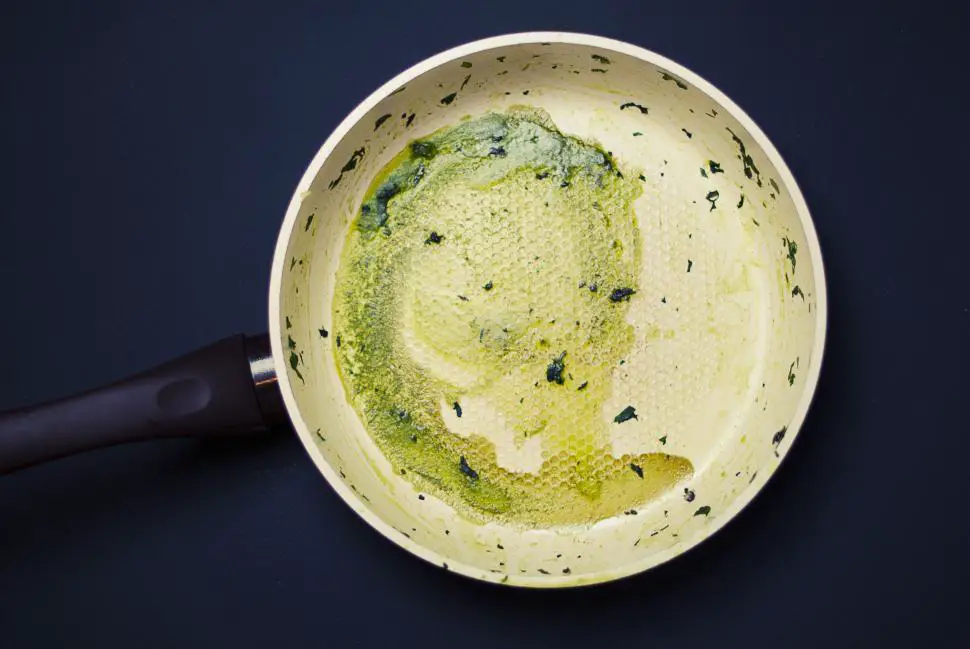
Nonstick pans are a blessing… until they start peeling like a sunburn after Coachella. The problem? Many nonstick coatings (especially older ones) were made with a chemical called PFOA—a known neurotoxin and general bad vibe. Even newer “safer” pans can degrade with high heat, releasing fumes that may irritate your brain and lungs. The more scratched and overheated your nonstick is, the more likely you’re breathing in tiny chemical party crashers.
Repeated exposure over time could contribute to cognitive fog, slower processing, and memory issues. Not ideal if you’re already playing the “Where did I leave my phone?” game every morning. And since most people use these pans daily, the risks quietly add up. If your pan looks like it’s been through a sword fight? Toss it. Opt for ceramic, cast iron, or stainless steel for a safer sizzle. Your omelet—and your mental clarity—will come out better.
7. Air Fresheners
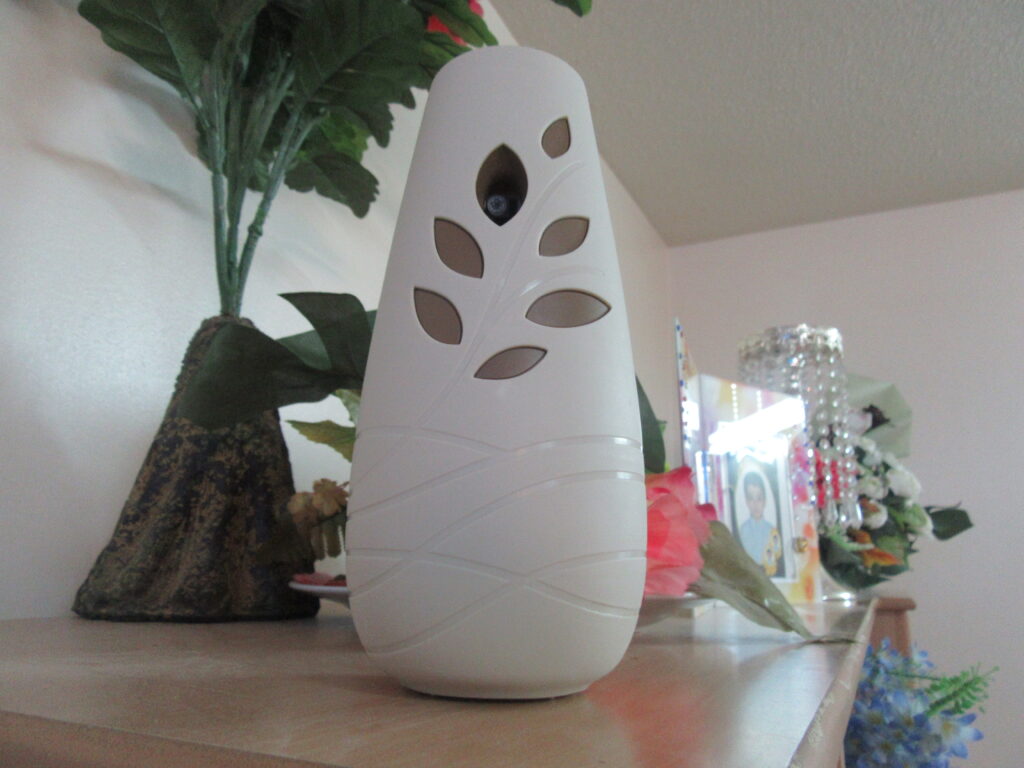
Ah, the sweet smell of synthetic lavender and corporate gaslighting. Air fresheners promise to “eliminate” odors, but what they’re really doing is masking smells with a chemical cocktail that your brain didn’t sign up for. Many of them contain phthalates, VOCs, and other compounds that mess with hormones, irritate airways, and potentially interfere with neurological health. That little plug-in diffuser? It might be cozy today, but your neurons might be holding a protest rally behind the scenes.
Long-term exposure to artificial fragrances has been tied to mood swings, brain fog, and even anxiety. You’re basically paying to breathe in things that disrupt your body’s natural balance. And since your nose is directly connected to your brain’s limbic system (aka the emotional HQ), it absorbs that drama fast. If your home smells “fresh” but you feel perpetually tired, edgy, or headachy, your brain might be begging for fresh air. Time to ditch the plug-ins and try essential oils, houseplants, or just opening a window. Less scent, more sense.
8. Teflon-Coated Baking Sheets

You know those dark baking trays that seem to magically clean themselves? Yeah… about that. A lot of them are coated in Teflon or similar PFAS-based chemicals that can flake off over time—especially after years of high-heat exposure. These “forever chemicals” don’t just stay on the tray—they break down, get into your cookies, and eventually, into you.
PFAS chemicals have been linked to all sorts of health issues, including potential neurotoxicity. Your brain doesn’t love being marinated in synthetic substances it can’t break down. And since PFAS build up in your body over time, even occasional exposure adds up like a sneaky little neurological tax. If your cookie sheets are scratched, scorched, or from the 90s, they’re probably overdue for retirement. Switch to plain stainless steel or untreated ceramic pans. Your baked goods will still slay—and your brain will be less steamed about it.
9. Old Carpets

That beige shag carpet your aunt installed in 1983? Probably still off-gassing. Old carpets trap all kinds of unpleasant things: mold, dust mites, VOCs from flame retardants, and cleaning product residues. Over time, these can release into the air, creating a constant stream of low-grade toxins that you and your brain breathe in daily. Even newer carpets can be an issue if they’re made with synthetic fibers and flame-retardant chemicals.
This is especially bad in bedrooms, where your brain is supposed to be getting beauty sleep—not marinating in fumes. The result? Subtle memory issues, poor sleep quality, and increased risk of cognitive dysfunction. If your carpet smells vaguely “industrial” after vacuuming, that’s your clue. Hard flooring or low-VOC rugs are a cleaner, smarter upgrade. Your neurons will rest easier, and so will you.
10. Cheap Sunglasses

Yes, they were $7.99. Yes, they looked amazing on the beach. But if your sunglasses don’t actually protect against UVA and UVB rays, they’re basically brain sabotage disguised as an accessory. See, your eyes are a direct channel to your brain—and UV exposure doesn’t just fry your retinas, it increases oxidative stress on neurological tissue. That’s science-speak for “your brain gets fried too.”
Cheap shades without proper filters let in harmful rays while tricking your pupils into staying wide open. The result? More light gets in, more damage is done, and over time it can mess with your brain’s visual processing, sleep regulation, and mood. If your sunglasses don’t list “100% UV protection,” they’re a fashion scam with neurological consequences. Don’t be that person. Invest in a good pair and wear them like your brain depends on it—because it kinda does.
11. Processed Meats

Hot dogs, bacon, and those weird lunchable ham circles? Yeah, they’re not doing your gray matter any favors. Processed meats are loaded with nitrates and preservatives, which might taste great but can contribute to neuroinflammation. That means more fog, less focus, and a brain that’s slower to react than a buffering Zoom call.
If you’re eating processed meats on the regular, especially past 50, it adds up fast. Your brain thrives on clean, anti-inflammatory food—not sodium bombs and mystery meat. There’s even some early research linking regular intake of processed meat with increased risk of dementia over time. It’s not about cutting it all out forever, but moderation seriously matters here. Think of bacon as a once-a-week vibe, not a daily rite. Your neurons will be a little less salty—and so will your arteries.
12. Blue Light at Night

That late-night scroll through your phone? Your brain hates it. Blue light disrupts melatonin production, delays sleep, and throws your entire circadian rhythm into chaos. You might think, “I’m just checking texts,” but your brain hears: “Let’s stay awake for three more hours and forget how to make new memories tomorrow.” Over time, this chronic disruption can lead to slower thinking, memory issues, and reduced cognitive recovery.
It’s especially brutal after 50, when sleep quality already starts to decline naturally. That makes recovery and neuroplasticity even more important—and even more vulnerable. If your brain feels foggy or irritable the next morning, it’s not just bad dreams—it’s bad light. Try switching to night mode, blue light glasses, or just ditch the screen an hour before bed. Better sleep, better memory, better mornings. Your brain deserves the lights out.

